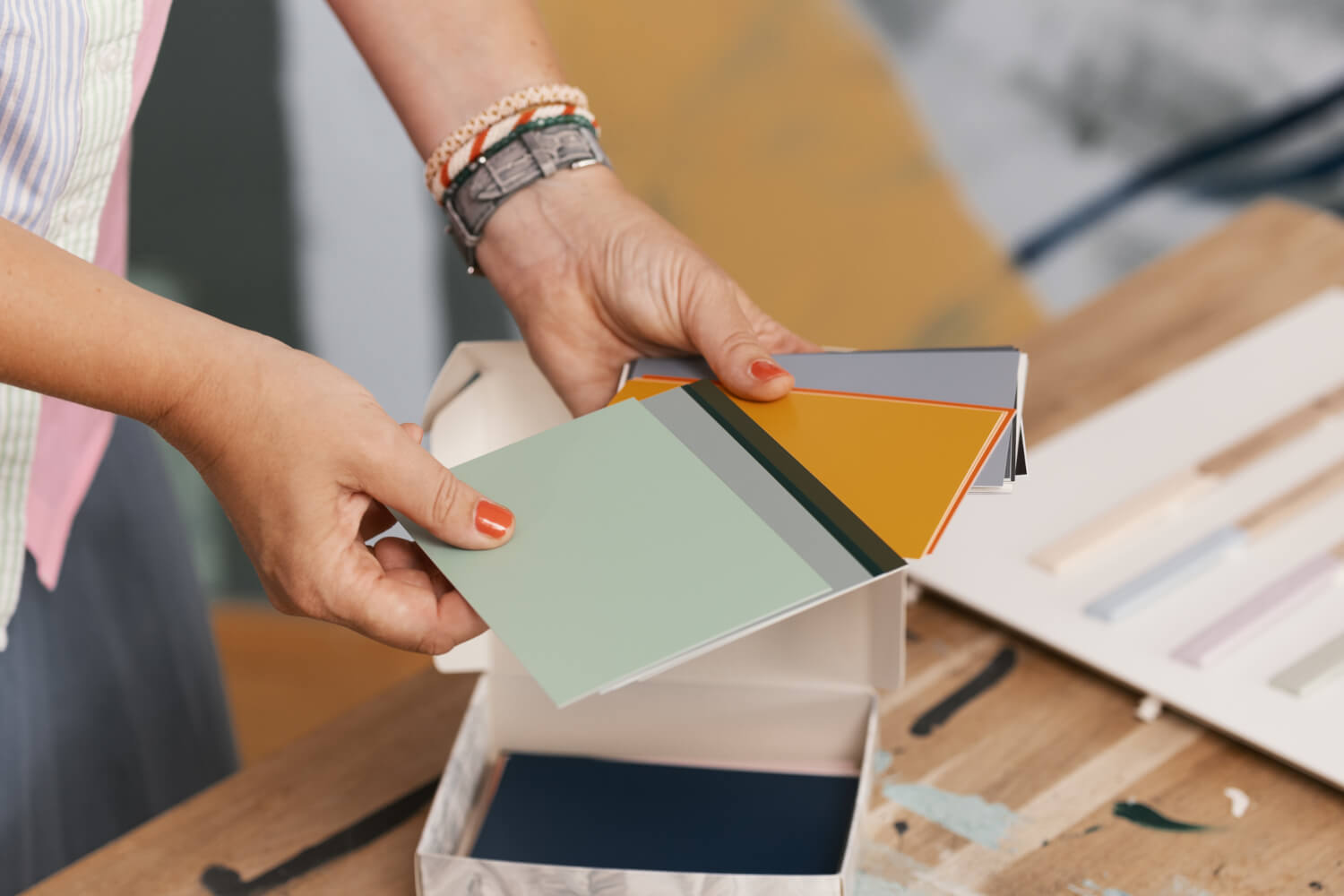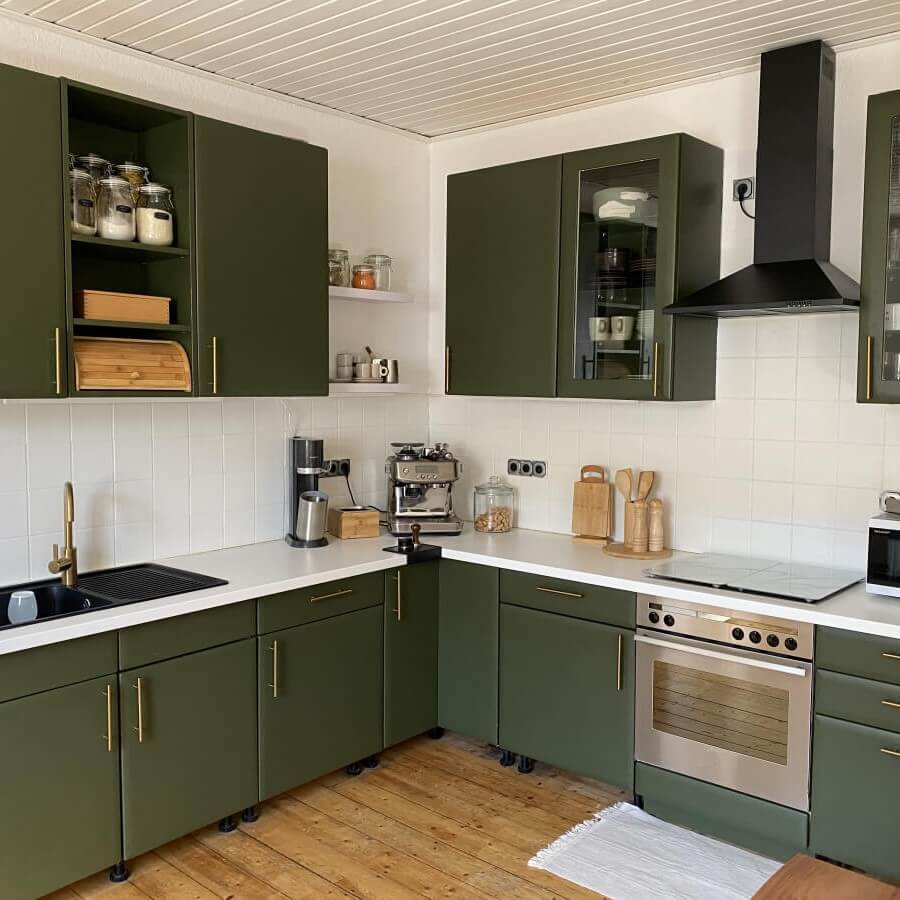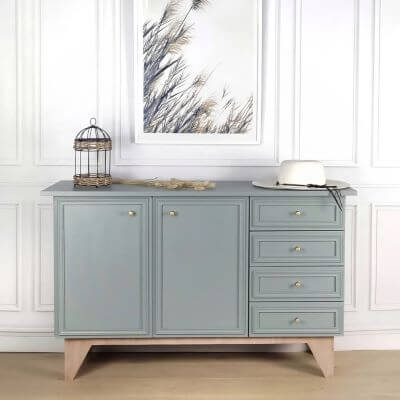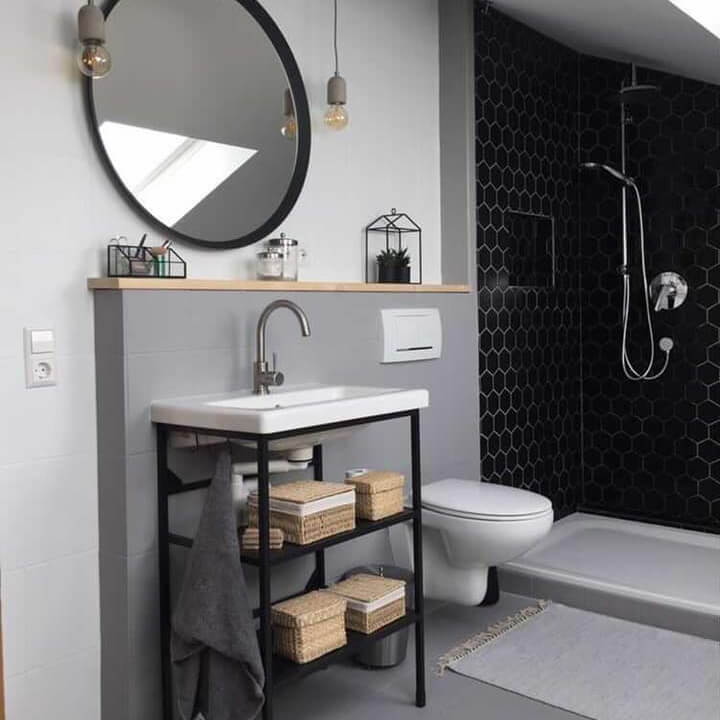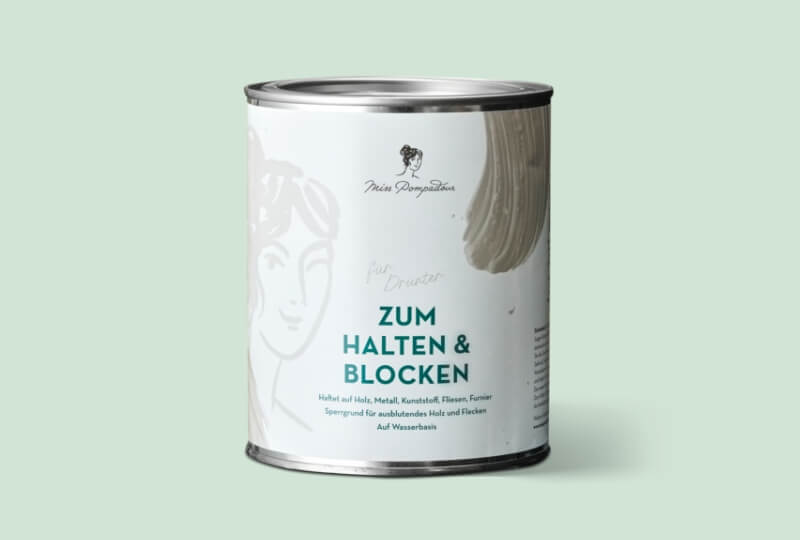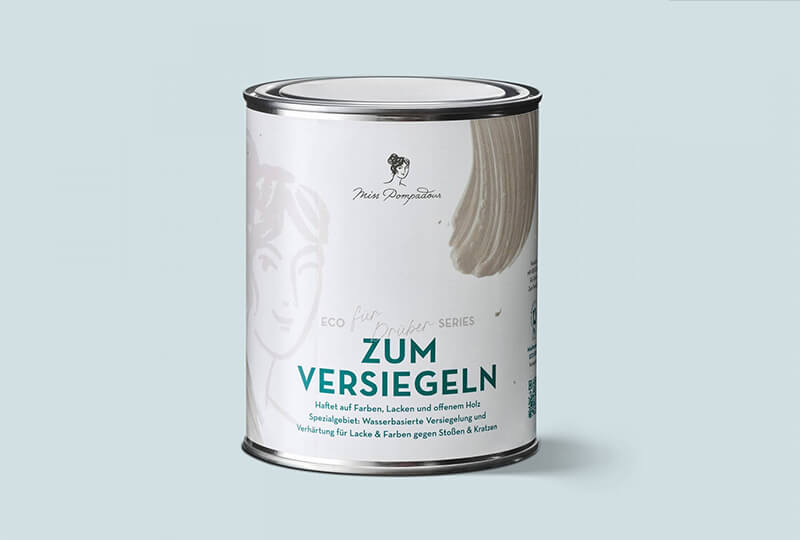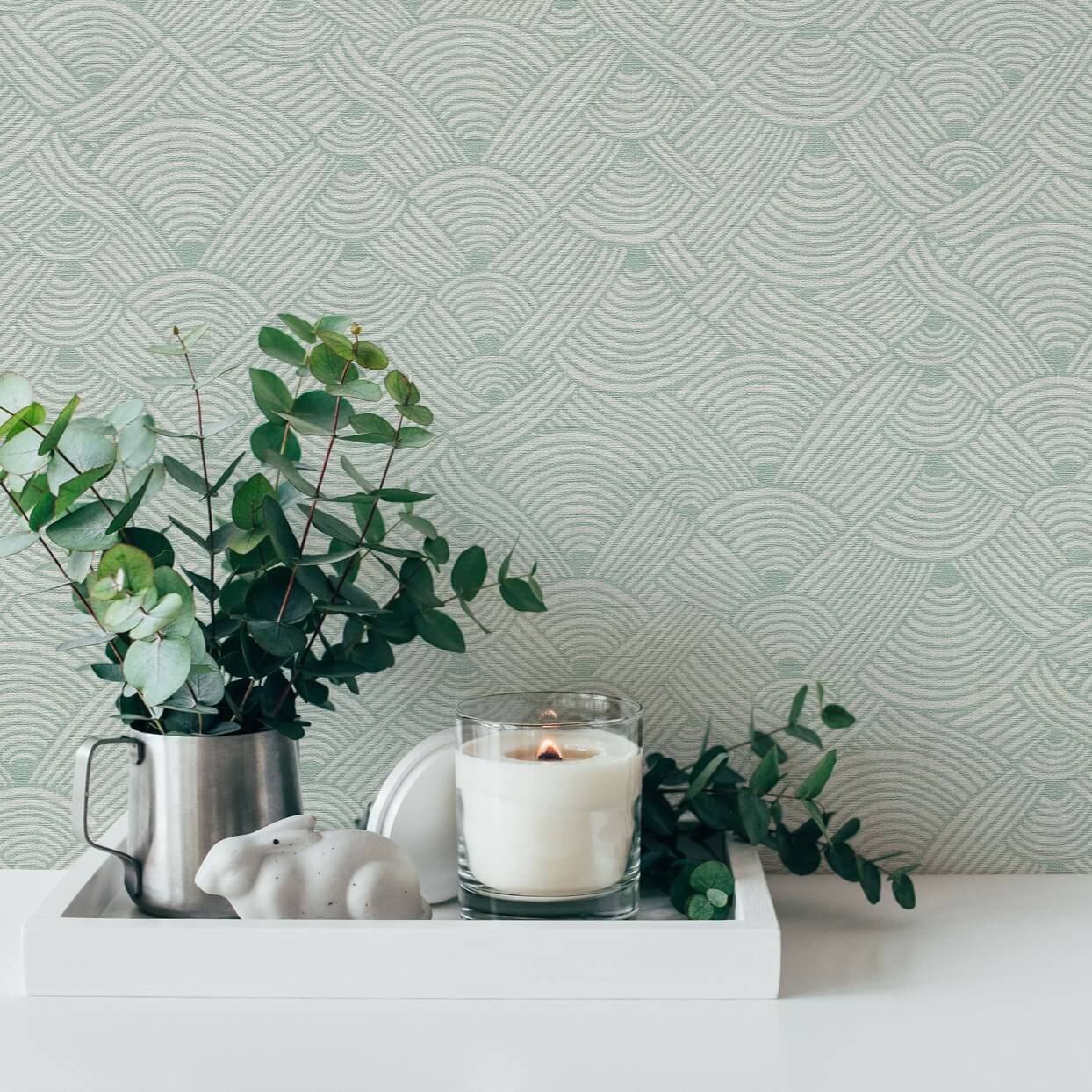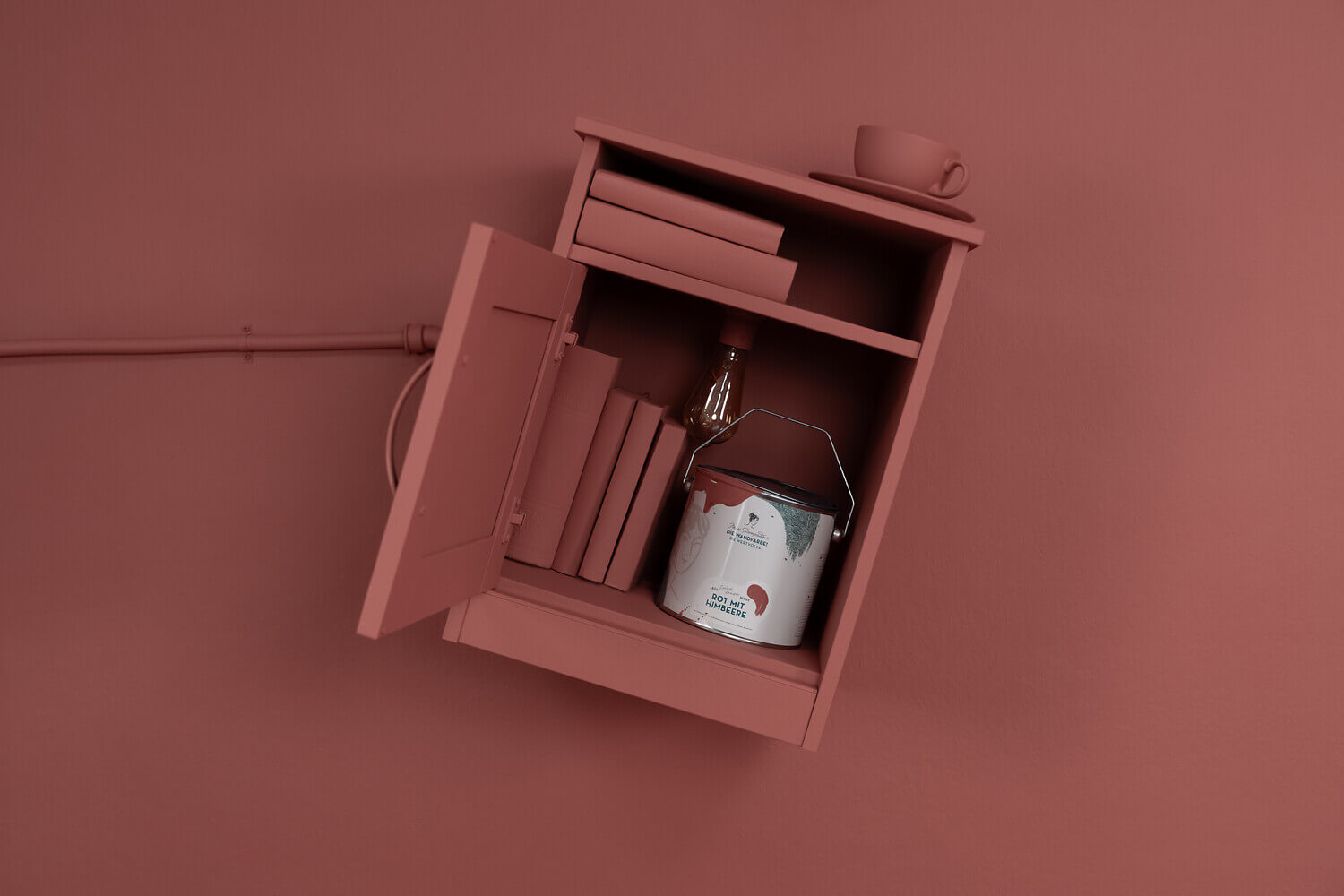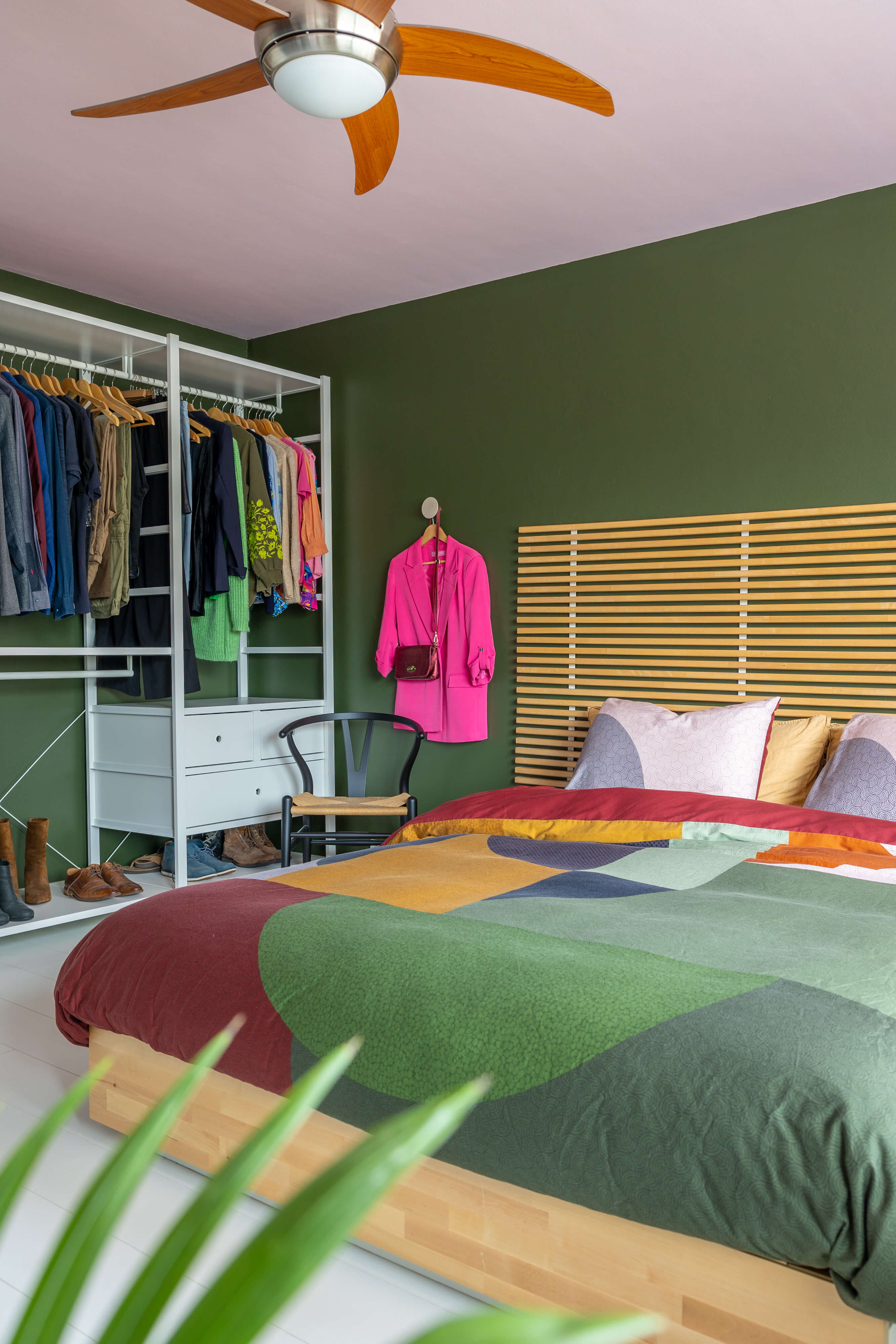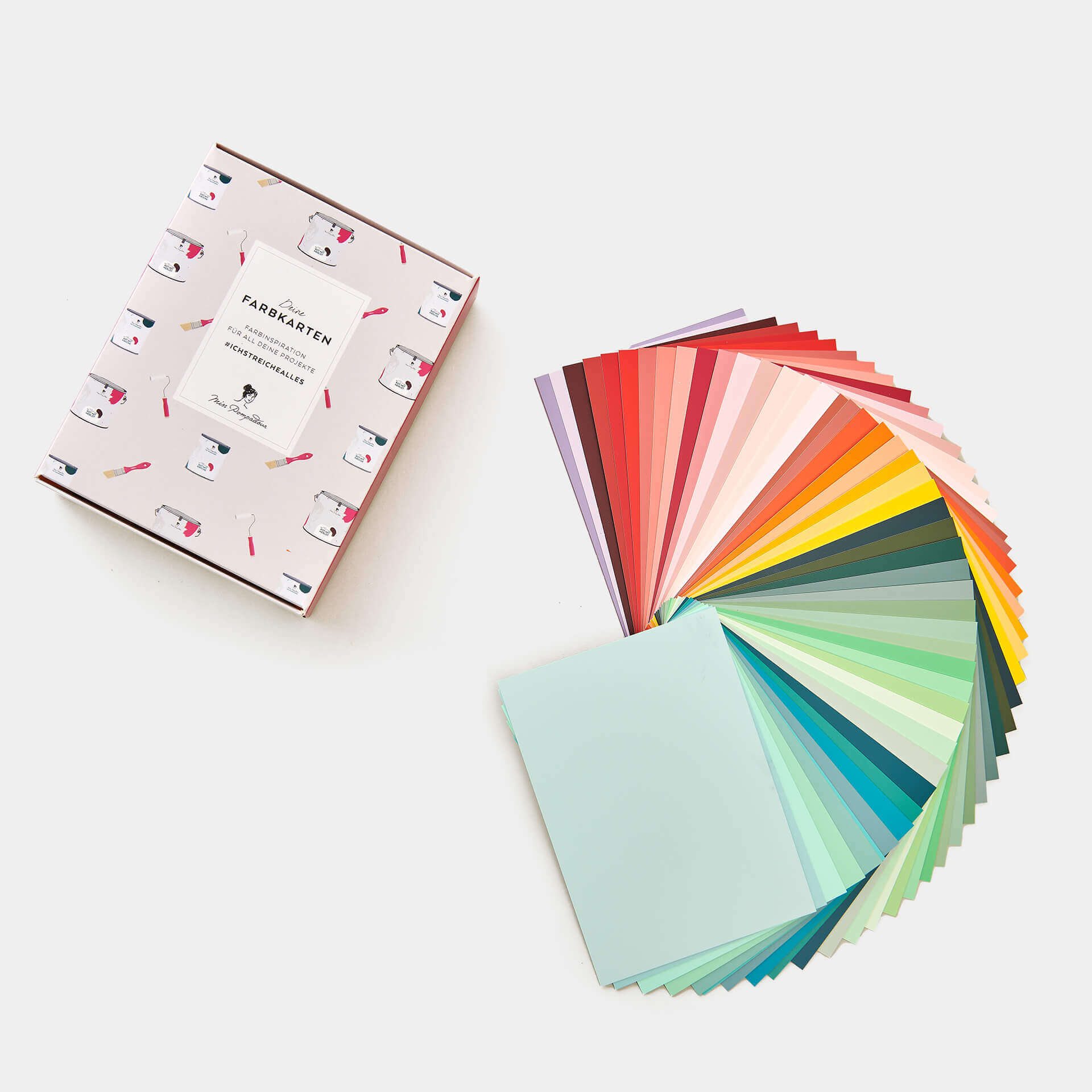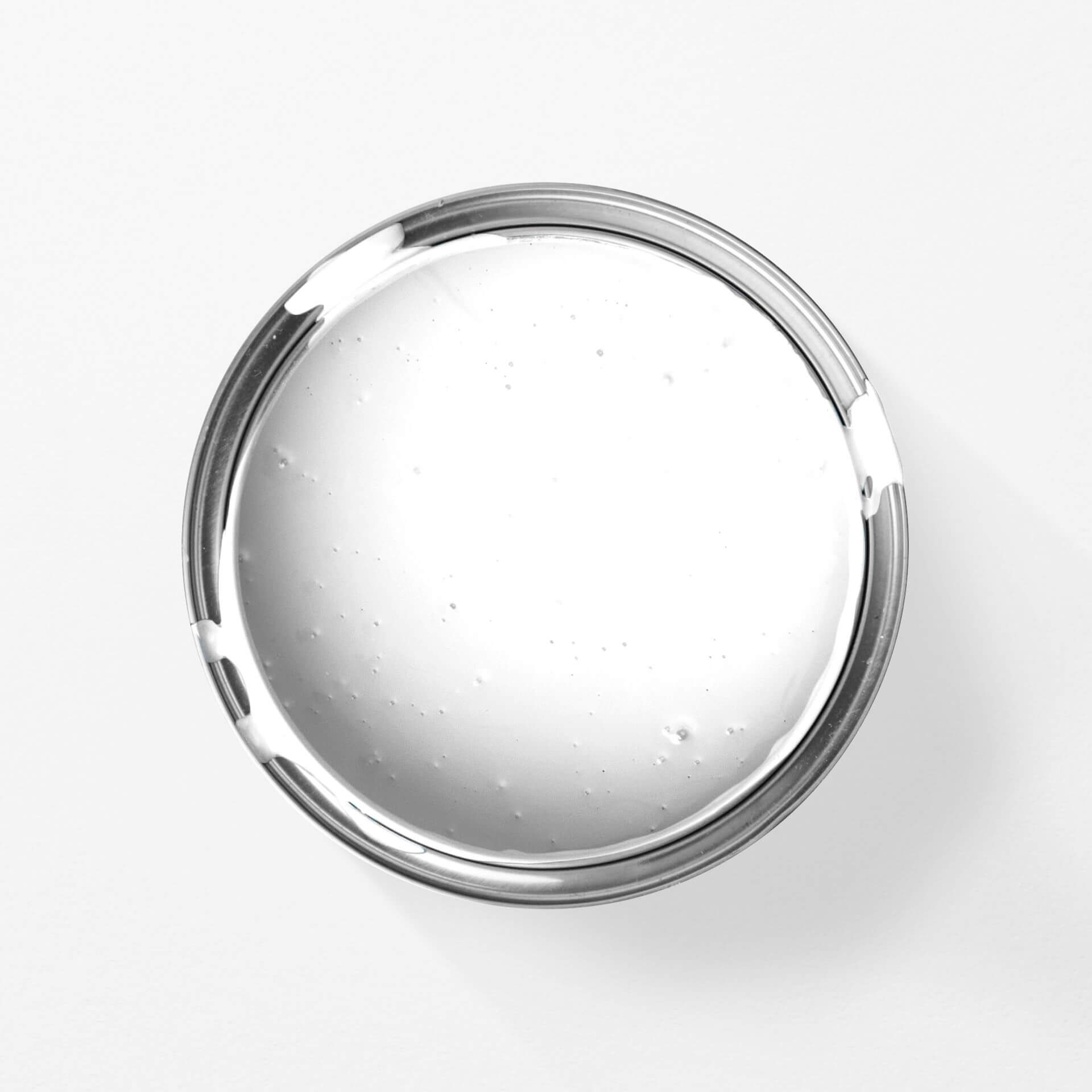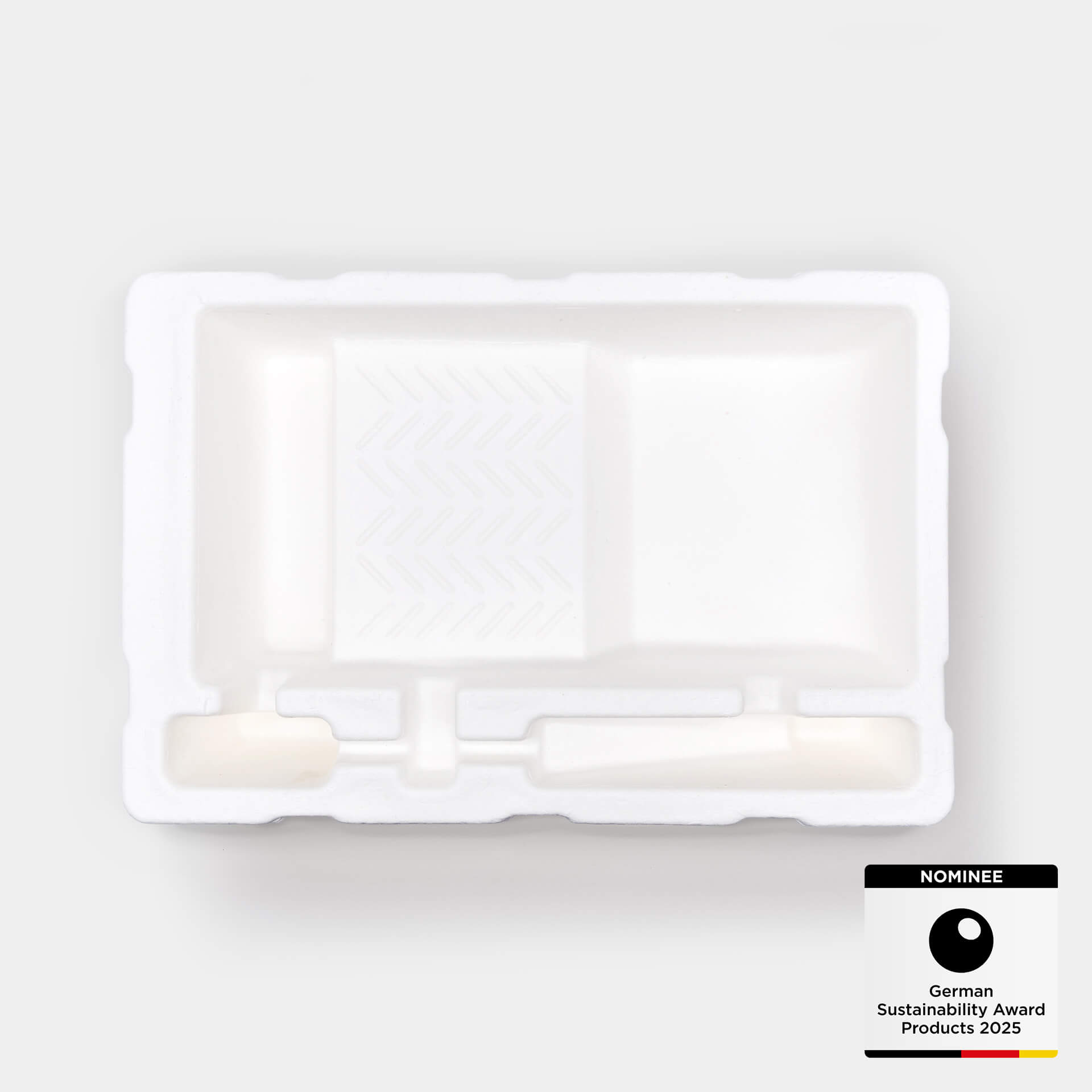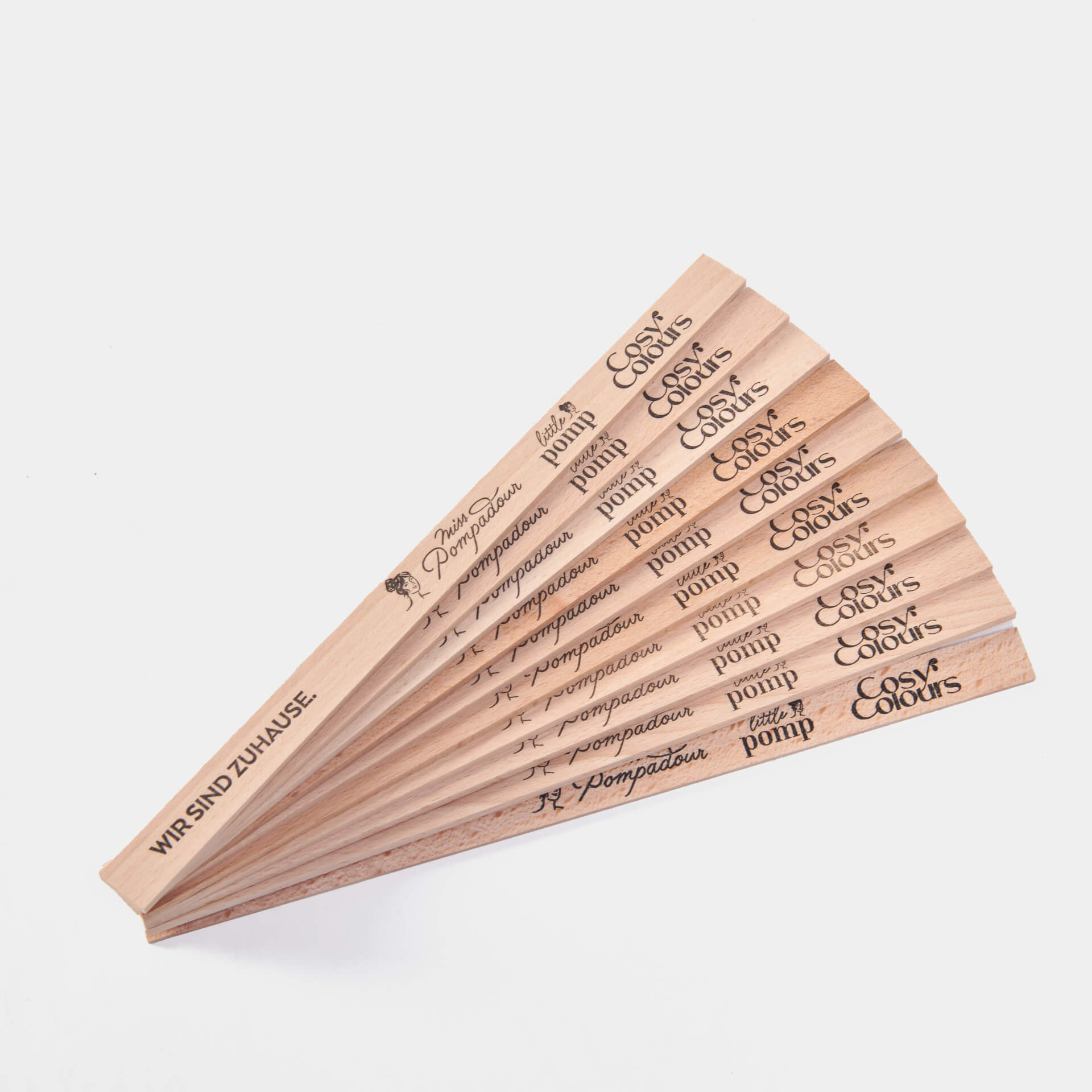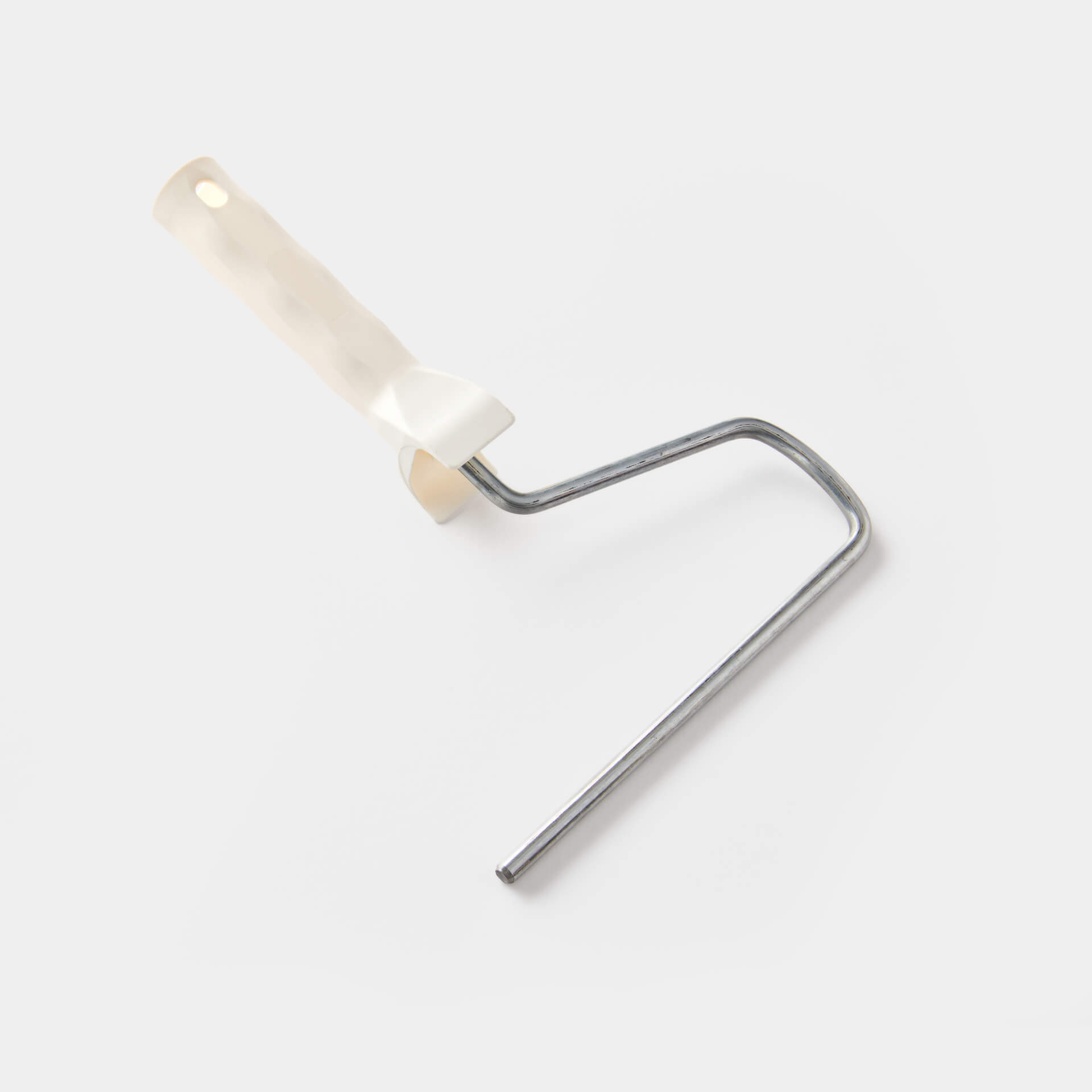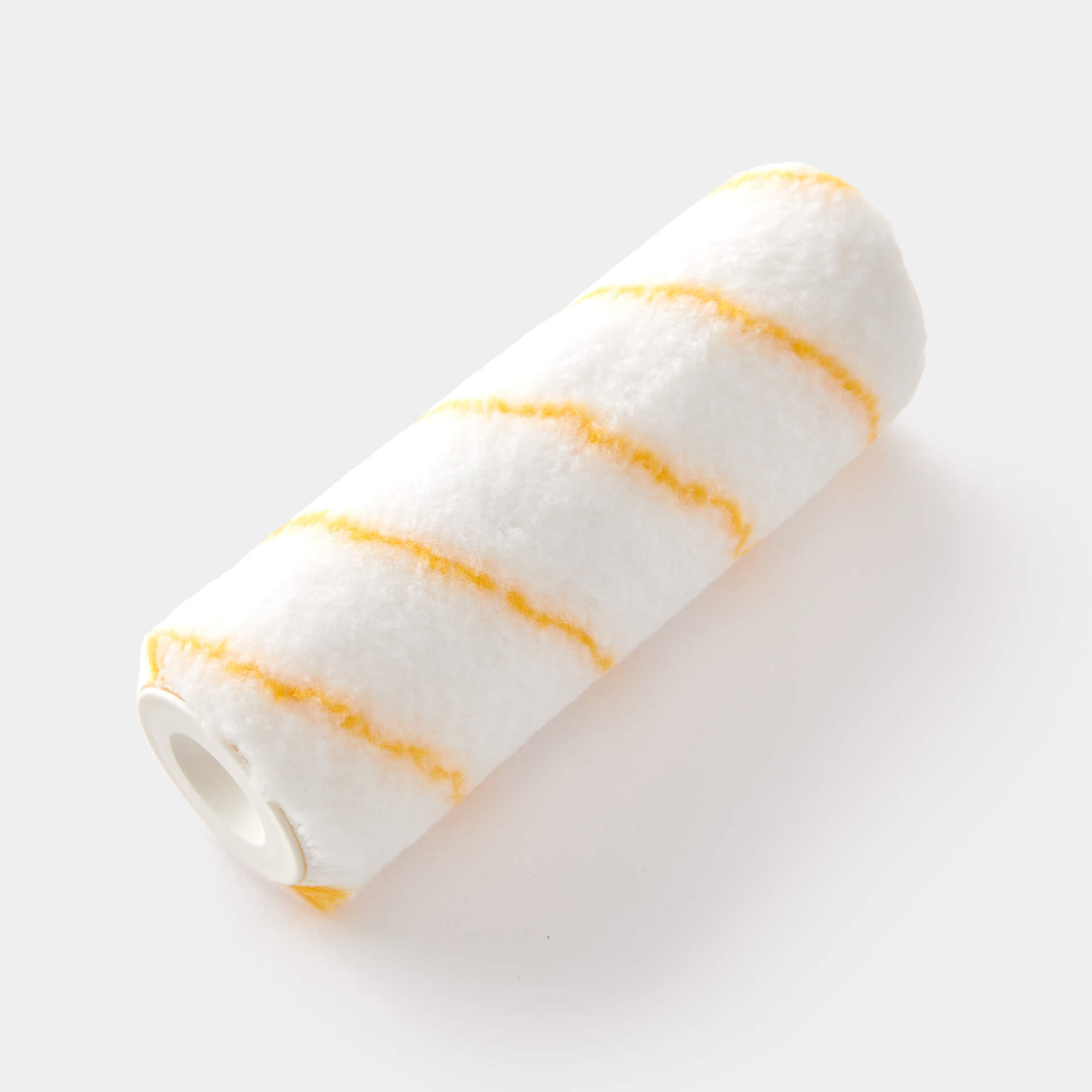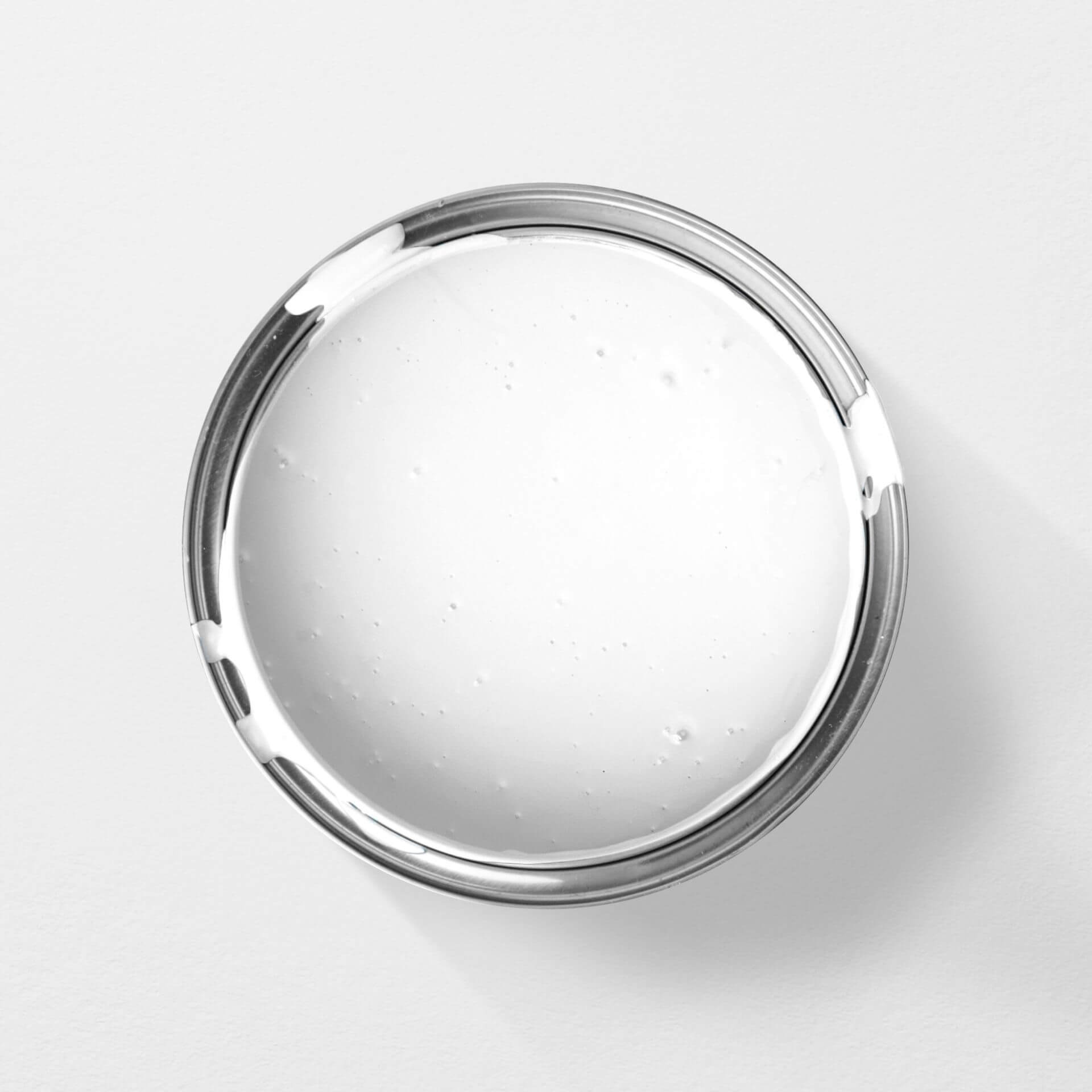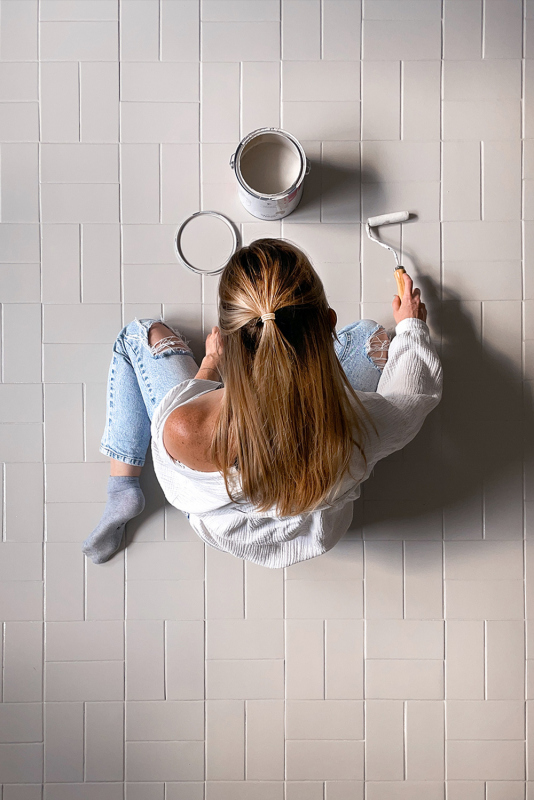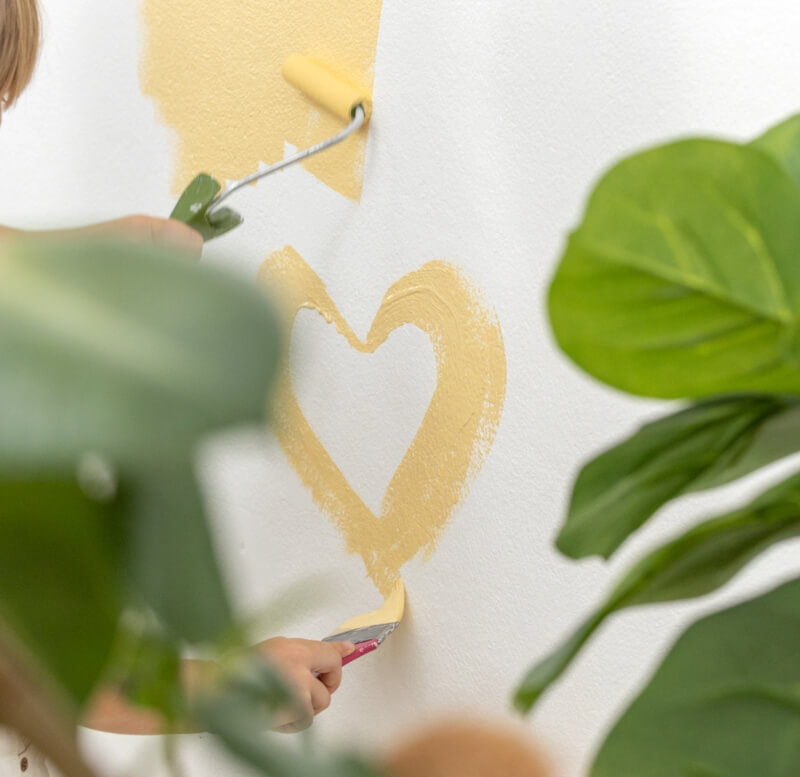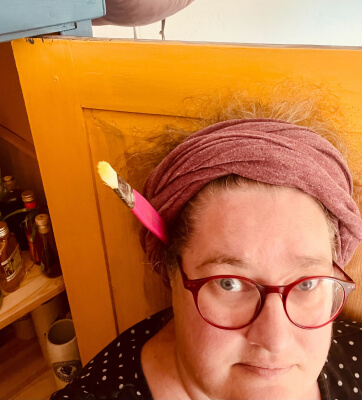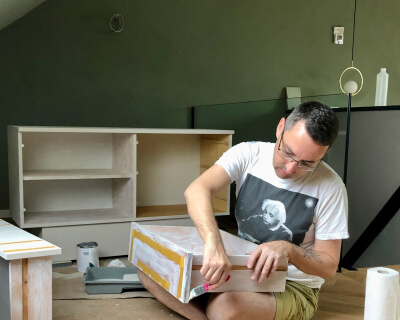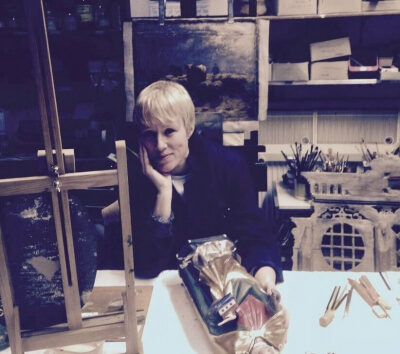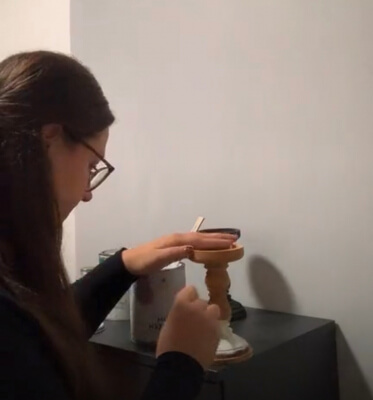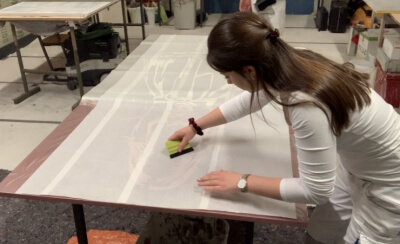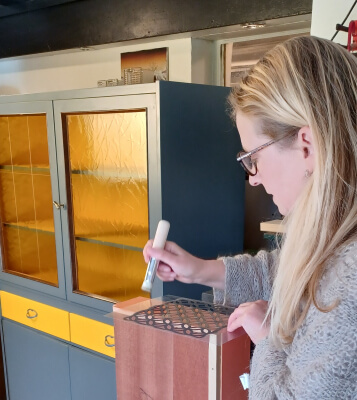Mixing Colours Yourself: Tips & DIY-Instruction
4 min reading time
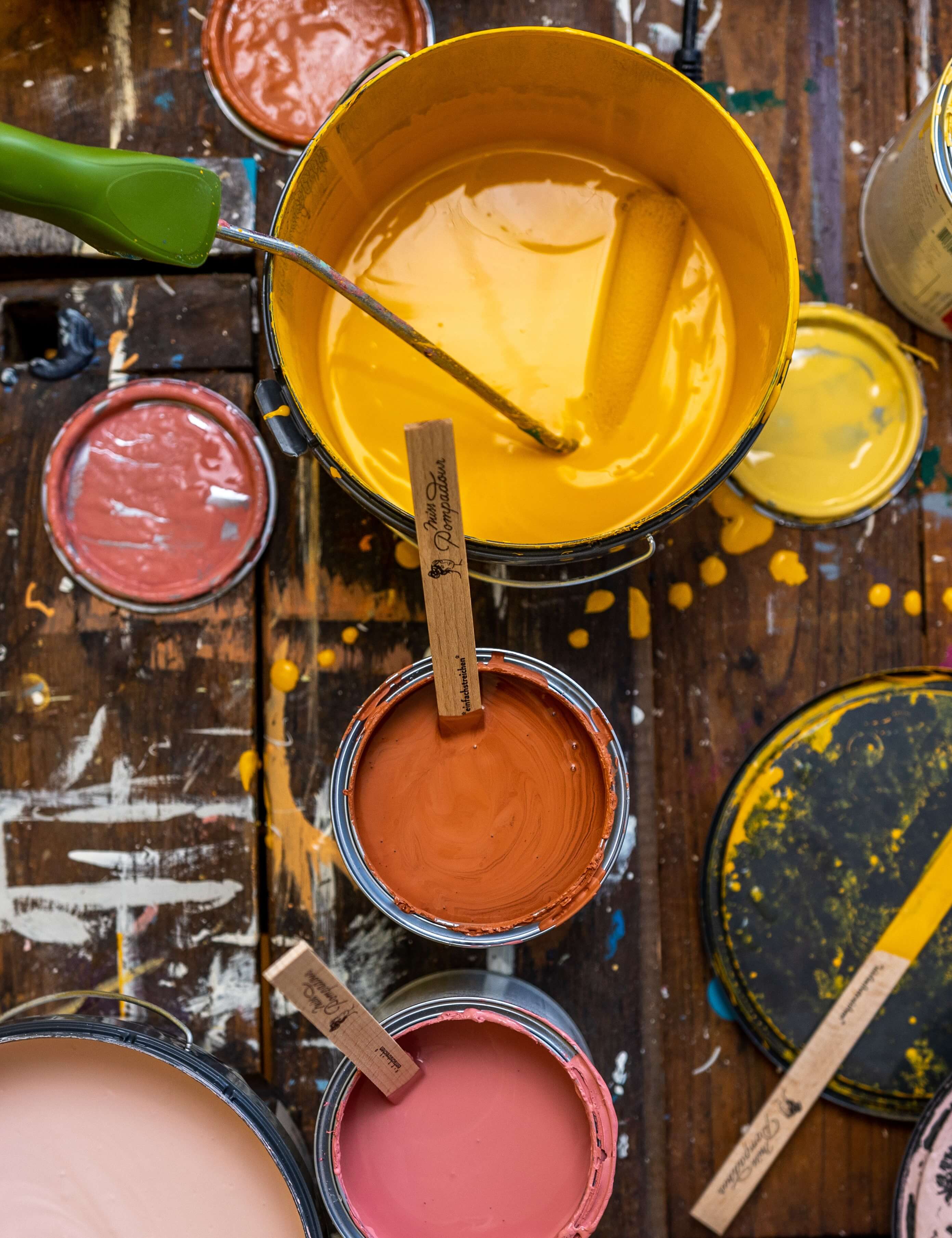
True to the motto "Variety enriches life", MissPompadour offers a wide range of different colour shades. All these colours are created by colour designers who put a lot of love and knowledge into each colour shade. But if you want to get creative yourself or have a specific colour shade in mind, here are a few tips on how and which colours you can mix.
Preparing to mix colours for your individual colour shade
Do you still have some leftover paint at home or is a colour shade a little too dark or too light for you? Before you start mixing and add another colour, you should observe the following 3 basic rules:
- Only ever mix colours from the same manufacturer.
- Only ever mix colours of the same colour quality.
- Note that you can never reproduce the colour you have mixed yourself 1:1. You should therefore prepare and store a little more colour in advance for touching up later or for a second coat.
A great deal of technical expertise, passion and feeling goes into our colour shades. We often spend days tinkering with the desired colour because individual colour pigments appear differently depending on how the light falls. So before you start mixing, you should definitely take a look at our extensive colour scheme, because you might find the shade you want here:
- Our MissPompadour wall paints come in two qualities; our breathable, preservative-free wall paint The Valuable Wall Paint and our robust, washable wall paint The Functional Wall Paint.
- The MissPompadour varnishes are suitable for wood, metal or tiles and are available in countless beautiful colour shades. They are available in the qualities Matt Varnish and Eggshell Varnish.
- Our chalk paints and chalk varnishes from LittlePomp, which impress with their velvety matt surface, are also available in 15 different colour shades.
- You can find paints and varnishes in more than 30 cosy colours in our CosyColours Collection.
The big advantage: if you run out of colour or want to touch up something later, you can reorder the same colour shade from us at any time.
Basic knowledge about mixing colours: The little colour theory
Mixing different colour shades
You can mix different colour shades, but we do not recommend mixing different products from different manufacturers. Colours are chemical substances and how they react in a mixture cannot be predicted. Therefore, we cannot give any guarantee for mixing different products from different manufacturers.
Can I mix wall paints?
Can chalk paints be mixed with each other?
Mixing Varnish - is that even possible?
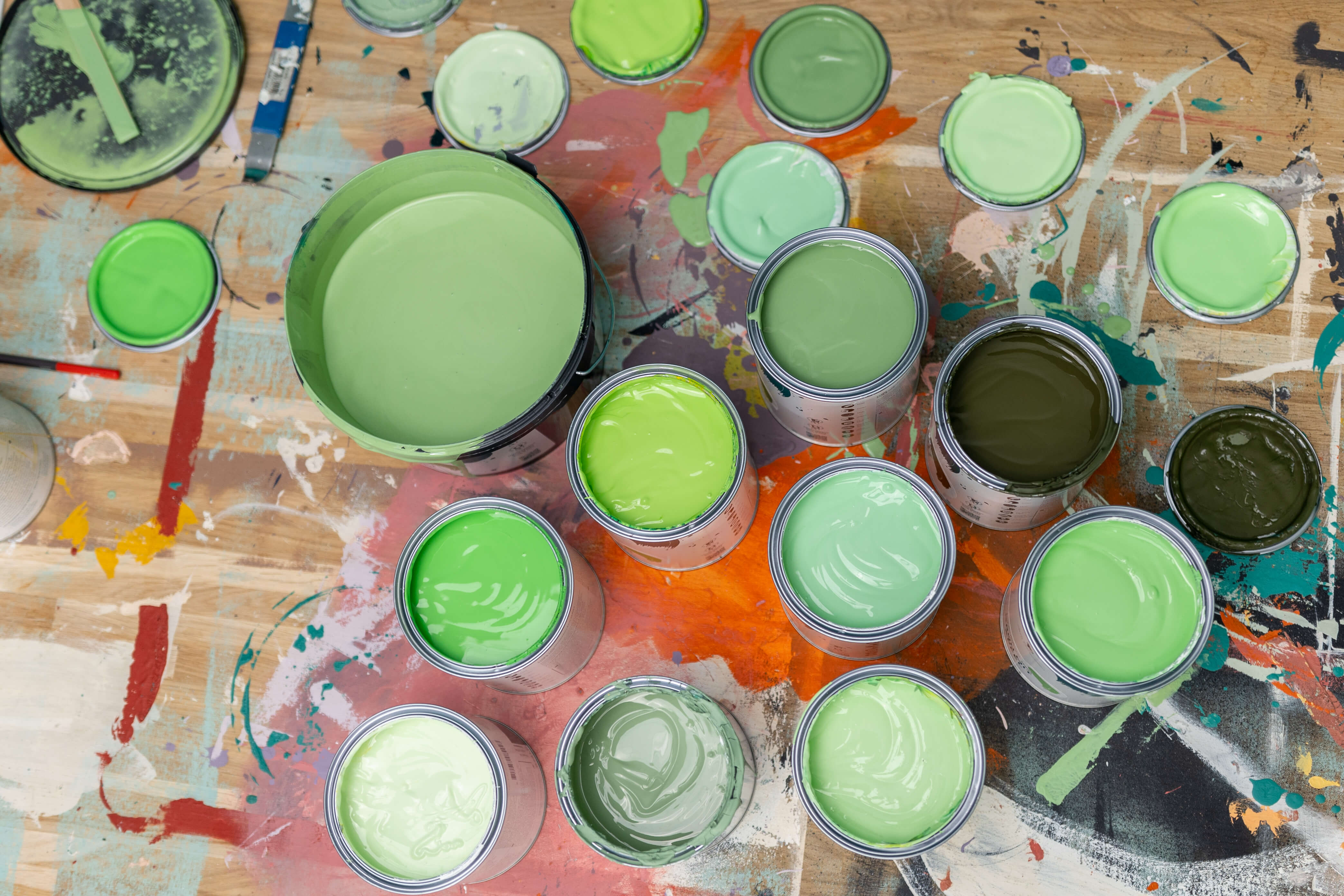
Mix your own colour shades: Instructions by MissPompadour
To mix colour shades yourself, you should proceed step by step. We will show you how to achieve good results with this short guide.
Step 1: Starting colour
Step 2: Colour shade
If you want the end result to be a pink colour shade, use a strong red as a second colour, such as MissPompadour Red with Cherry - The Valuable Wall Paint.
Step 3: Trial Mix
To get an idea of how the two colours behave in the mixing ratio, take a paint tray and mix only a small part of the colour. Note the mixing ratio - for example, three parts white, one part red. Now mix thoroughly and try out the colour on a white piece of paper.
Step 4: Mix the colour
Once you are happy with the result, think carefully about how much colour you will need in total. It is practically impossible to achieve exactly the same colour shade in a second mix. Therefore, this one mixture should be enough for the whole area, including possible touch-ups or a second coat
So use the same mixing ratio as for your trial mix and stir everything very thoroughly.
Of course, you can mix more than two colours of the same quality. The Functional Wall Paint is useful to know which colours produce which colour shade when you combine them. We have compiled the basics for you in the next point.
Which colour results in what?
The colour multiplication table consists of three colour shades: red, yellow and blue. From these three basic colours you can mix all other colours except white. Black is also not easy to obtain. If you mix these so-called primary colours, you get secondary colours:
- Blue and yellow = green
- Red and yellow = orange
- Red and blue = violet
If you now mix a primary colour with a secondary colour, you get a tertiary colour
- Yellow-orange
- Red orange
- Crimson
- Blue-violet
- Blue-green
- Yellow-green
Professional tip: Look at the " Itten colour wheel". This is the best known colour scheme and shows all primary, secondary and tertiary colours as well as the respective complementary colours.
If you mix complementary colours, for example red and green, the result is a rather muddy brown. Mixing these colours should only be done consciously, as they cancel each other out. If you want to get a bright colour shade, mix only colours that are next to each other on the colour wheel.
Our colours do not consist of basic colours, because a colour shade always has several different pigments mixed in. Therefore, when mixing our colours, make sure to use colour shades with the same undertones or the same temperature.
How do you mix the colour brown?
To get a rich brown, you have to mix red and green, or - if you start from the primary colours - red, yellow and blue. If you want your brown to be lighter, add a little white, if you want it to be darker, add a little black or blue.
The Perfect Blue-Green: Mixing Turquoise Colour
Turquoise is a colour that lies somewhere between blue and green. So to get turquoise, you should first mix equal parts of yellow and blue. This will give you an even green. Now add a little bit of blue to this green until you get turquoise. With a little white, the turquoise becomes brighter and more luminous, with a little grey, the colour mixture becomes a little more matt.
What colours do I have to mix to get beige?
To get beige, mix White with Brown. If you don't have brown, take the basic colours yellow, blue and red - as explained above - so that you first get a brown colour shade. You can now mix this with white and - to make the colour warmer - also with a little yellow.
Mixing the perfect pink & rose colour
The colours white and red generally make pink. To get a rich pink, use more red, to get a nice light pink, use more white. Again, there are endless shades, especially if you add different types of red, like cherry red or crimson.
Mixing petroleum properly
Petrol, like turquoise, is a mixture of blue and green. With petrol, however, the blue component predominates and it appears somewhat warmer than turquoise. Here, too, you can bring more freshness and brightness into the colour shade with a little white
Tip: If you are not satisfied with your mixing results despite all your efforts, you may still find your desired colour shade with us:
FAQ: Frequently asked questions
Can I mix depth primer with paint?
No, you should generally not mix a deep primer with paint. The primer - regardless of whether it is an adhesive or stain block - has the task of preparing the surface for painting with paint. If you were to mix the paint with the primer, the primer would no longer adhere to the surface or would not fulfil the desired purpose.
Material and tools for mixing colour
- Colour cards and colour scheme: Use our colour cards to get an overview of our colour shades and how individual colours would look on your wall. This will give you an idea of how many colour shades we offer. If you want to mix your own colours, use the Itten colour scheme as the basis for all colour mixtures.
- paint tray: It is best not to mix the colours directly in the original can, but in a paint tray. Our paint trays are available for this purpose.
- Stirring rod: One of our paint sticks is ideal for mixing.
Content: 10 piece (€0.60* / 1 piece)
Content: 2.5 Litre (€23.60* / 1 Litre)

